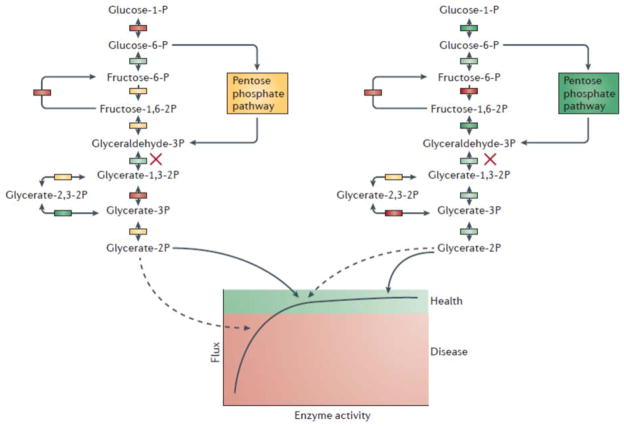Figure 4. Joint effects of rare and common variants.
A straight forward reconciliation of the effects of rare and common variants supposes that pervasive common variation influences the expression and activity of genes in pathways, establishing the background liability to disease that is then further modified by rare variants with larger effects. In this hypothetical example of central metabolism, standing variation results in some individuals having lower flux than others (left versus right; colored boxes imply enzyme activity differences from low, red, to high, green), but according to standard biochemical theory130, systems evolve such that most variation is accommodated within the healthy range. The impact of a rare variant that knocks out one copy of the enzyme indicated with the cross is conditional on this liability, pushing the individual on the left beyond the disease threshold, while the individual on the right can accommodate the mutation given higher activity elsewhere in glycolysis.

